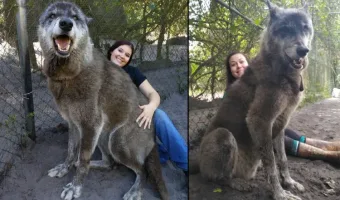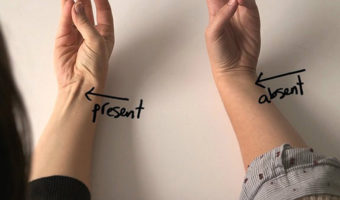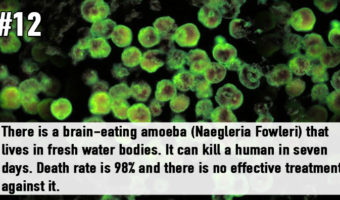Do Animals Really Suffer from Down Syndrome?
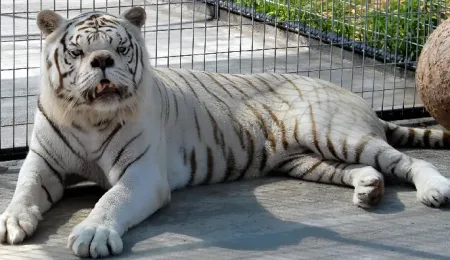
Sometimes, the Internet can make it hard to separate fact from fiction. There are so many photos online claiming to show animals with Down syndrome. A quick Google search shows pictures of dogs, cats, and other creatures looking unlike their peers, labeled as having the same condition humans are familiar with. But is that really possible? Keep reading to find out what science has to say.
Table of Contents
While some dogs may appear to have physical traits resembling Down syndrome, this is not actually the case.
While humans have 23 pairs of chromosomes, dogs have 39 pairs. This genetic difference means dogs can’t have Down syndrome. However, dogs can experience a wide variety of genetic conditions. Some may resemble Down syndrome in appearance, but others have different underlying causes.

One such condition that commonly affects German Shepherds is pituitary dwarfism. In these cases, the pituitary gland does not produce enough hormones, whether thyroid or growth hormones, resulting in the dogs’ dwarf-like appearance.
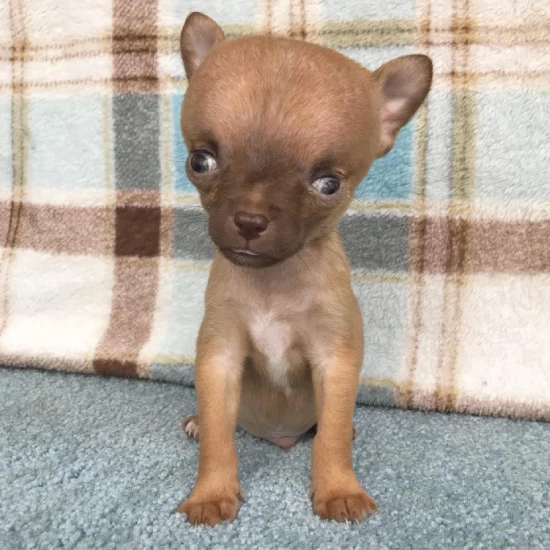
Dogs with congenital hydrocephalus may have eyes that gaze downward, a prominent soft spot on the skull, and a dome-shaped head. Small brachycephalic (short-faced) breeds like Maltese, English Bulldogs, Boston terriers, and Chihuahuas are prone to this condition.
Another issue is a portosystemic shunt (PSS), an abnormal connection in the blood vessels that allows toxins, proteins, and nutrients to bypass the liver’s filtering process. For affected dogs, this direct route to the bloodstream can lead to unusual behaviors, stunted growth, seizures, and gastrointestinal problems. This goes on to show that the pics showing animals with Down syndrome could be a myth.
The chromosome counts in cats make it impossible for them to have Down syndrome.
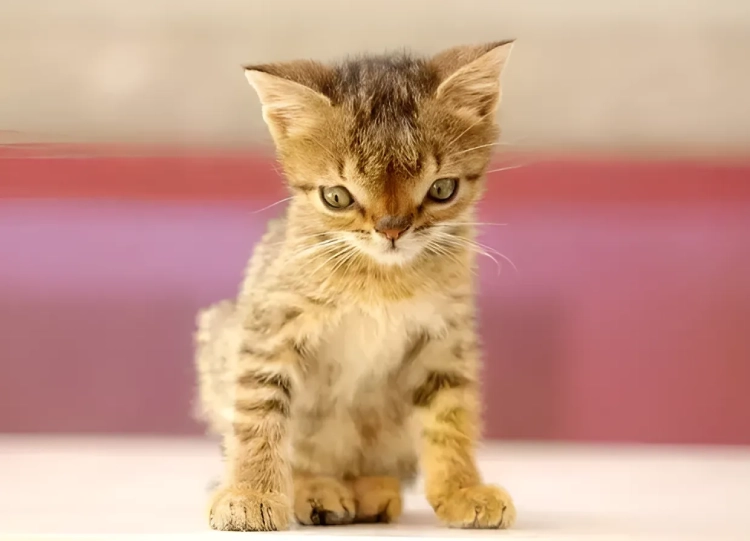
Otto went viral when a photo of her peculiar appearance sparked widespread speculation regarding the cat having down syndrome. People were drawn to her distinctive appearance and sought answers about her condition. The veterinarian who examined Otto suggested she might be the first cat diagnosed with down syndrome in Turkey, citing unique facial characteristics as potential indicators. However, conclusive evidence could not be obtained, as Otto, a former stray, passed away before chromosome testing could be conducted.
While Otto’s case intrigued many, most feline experts say that cats can’t have Down syndrome. They think Otto might have had another rare genetic condition that resembled down syndrome.
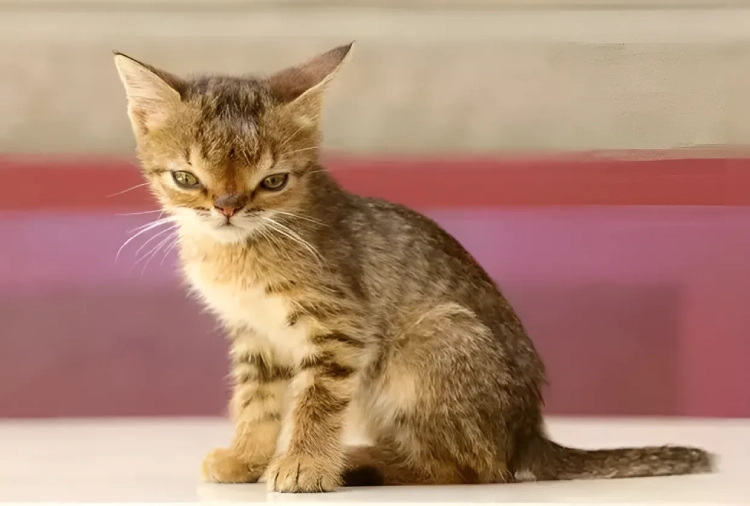
Down syndrome occurs when the genetic material of a fetus is miscopied, i.e., when an extra chromosome 21 is produced. Since cats do not have chromosome 21, they can’t have Down syndrome like humans. Yet some people claim to see cats with features resembling Down syndrome. But the veterinary community discards the claims of cats having Down syndrome.
However, cats can still occasionally have additional chromosomes. According to a study, male cats can sometimes be born with an extra X chromosome, which results in a condition similar to Klinefelter syndrome in humans. However, this condition is in no way similar to Down syndrome. It only affects the cat’s fur color pattern.
Cats may show physical traits or behaviors that resemble Down syndrome, but there are usually other explanations.
For example, the panleukopenia virus the mother had during pregnancy could cause birth defects. There is also a neurological condition in cats called cerebellar hypoplasia that mimics some Down syndrome characteristics.
Genetic abnormalities aren’t the only cause of unusual features in cats. Exposure to certain chemicals before birth because of the cat’s mother’s exposure to certain harmful substances while pregnant may result in the kittens being born with deformities in their facial structure and problems with their nervous system. Additionally, suppose a kitten experiences trauma to the head or face, particularly when very young. In that case, it can result in lasting damage to their nerves and facial injuries that might seem as if they were born with them.
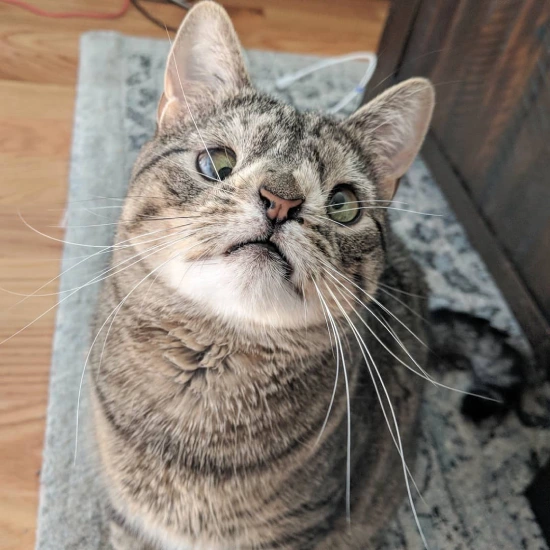
But just because a cat looks different doesn’t mean it has a serious genetic disorder. People should be careful not to judge or label animals based on appearances alone. Down syndrome is a human condition that cats cannot have due to biological differences.
The story is also the same for the big cats.
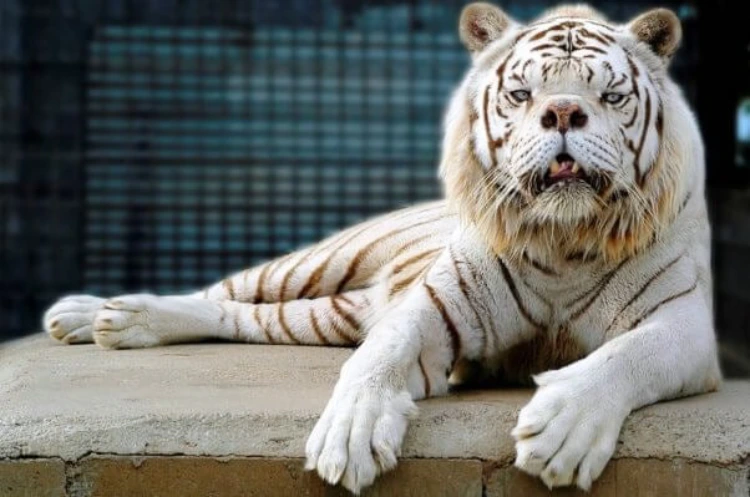
Kenny was a White Tiger with an unusual face. Due to his looks, many online called him the “ugliest tiger in the world.” They started saying that he could be one of the animals with Down syndrome. But the real story of Kenny’s origins is quite sad.
Kenny was born to brother and sister tiger parents bred by an unethical trafficker. He was the only cub to survive. His siblings were stillborn or died at birth. His deformed facial features, the trafficker claimed, came from the daily abuse of smashing Kenny’s face into a wall.
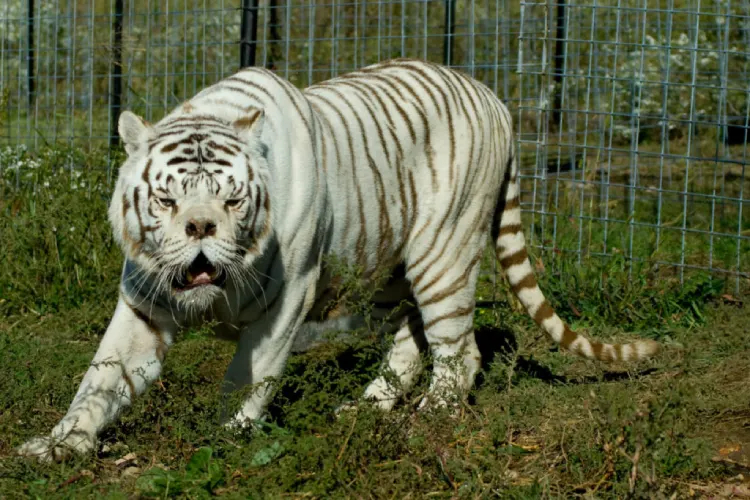
However, Emily McCormack, the animal curator who later rescued Kenny, knew the actual cause. Due to inbreeding, Kenny’s unusual looks were simply a genetic consequence, not a result of abuse or a syndrome. Once in Emily’s care, it was clear Kenny was as healthy and bright as any other tiger.
Sadly, Kenny became an Internet sensation for the wrong reasons. But he was just a victim of irresponsible and inhumane breeding practices.
Although recent research uncovered a rare skeletal condition in two wild giraffes, they were not diagnosed with Down syndrome.
Animal researchers Michael Butler Brown and Emma Wells conducted a fascinating study in December 2020 examining abnormal bone growth in two unusual wild giraffes. Both animals, found separately in Uganda and Namibia, exhibited significantly shorter limb bones than are typical for their ages.
Brown and Wells utilized a technique called photogrammetry to accurately measure and compare the giraffes’ skeletons. Their measurements clearly showed the animals had dwarfism-like features not seen before in giraffes.
These are the first known cases of dwarfism identified in wild giraffes, and the researchers were puzzled over what could be causing the issue. They assumed that inbreeding could have played a role, as genetic defects are more common in isolated populations.
The unusual finding of such abnormally short-limbed giraffes provides insight into skeletal anomalies that are not frequently observed in wild animals.
A rare case of a chromosomal defect similar to Down syndrome has been discovered in a chimpanzee, providing insight into genetic disorders across species.
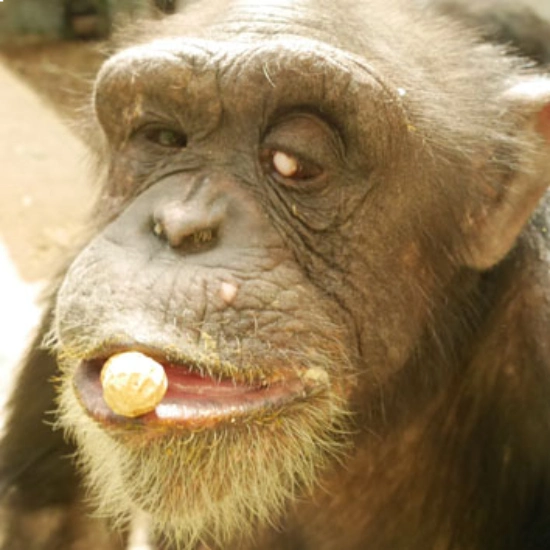
Kanako was a female chimpanzee who survived for 27 years. She lived in captivity and suffered from a chromosomal condition much like Down syndrome in humans. Scientists discovered that Kanako had an extra copy of chromosome 22, known as trisomy 22. This condition mirrors the genetic cause of Down syndrome in people, where there is an extra copy of chromosome 21.
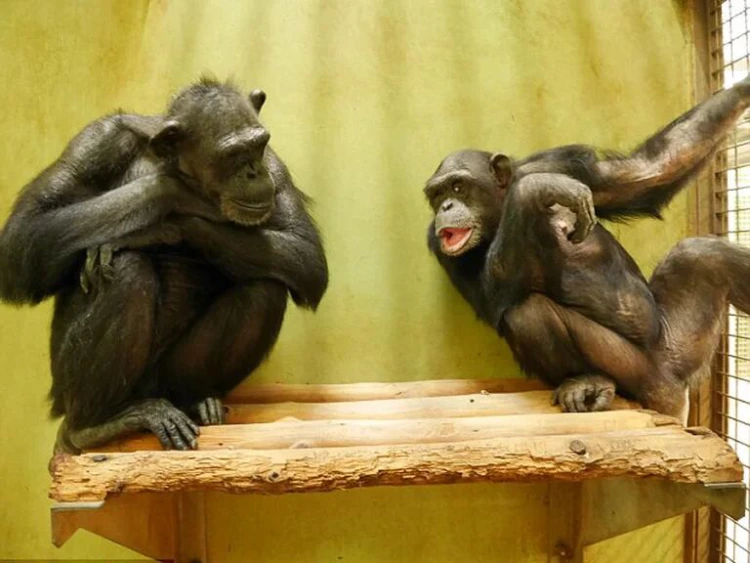
Kanako’s condition was only the second confirmed case of trisomy 22 ever documented in a chimp. The first case was in 1969. Like humans with Down syndrome, having an extra chromosome affected Kanako’s physical and cognitive development from an early age.
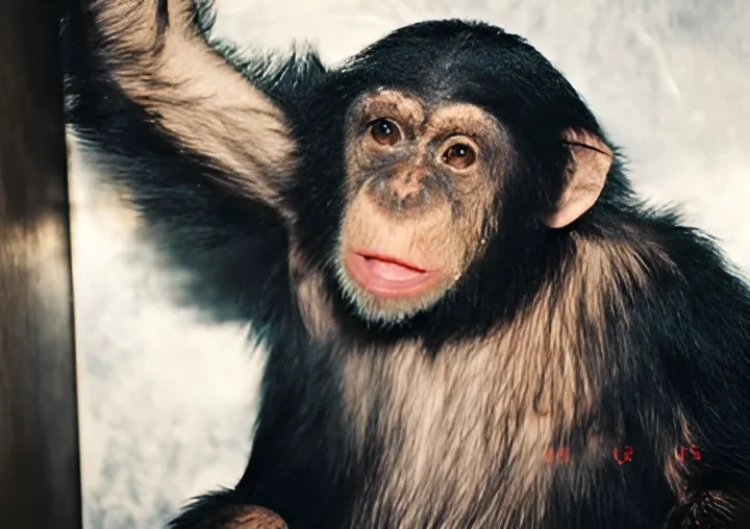
Since there was a lack of monitoring of Kanako over the decades, researchers aren’t entirely sure how her extra chromosome may have specifically impacted her mind. She did face ongoing health problems, such as congenital heart disease, stunted growth, cataracts leading to blindness, and thin corneas.
The study notes just how rare Kanako’s condition appears to be for chimpanzees. Scientists estimate trisomy 22 occurs in their population at a rate similar to trisomy 21, or Down syndrome, in humans. Unfortunately, the precise prevalence is still unknown because there are no chimpanzee population statistics. As you can see, although you see many photos of animals with Down syndrome online, that is not the case, as per science.
















